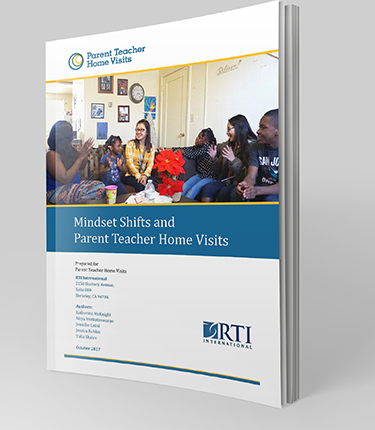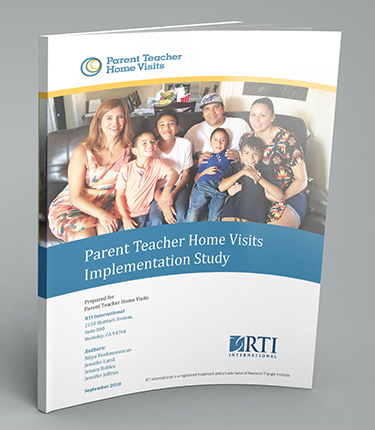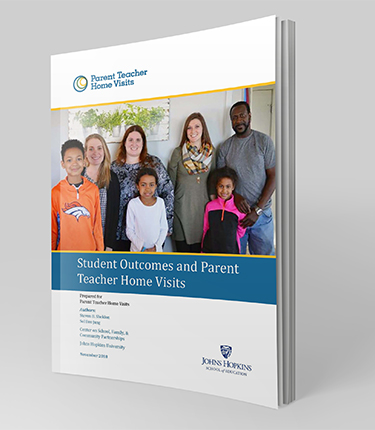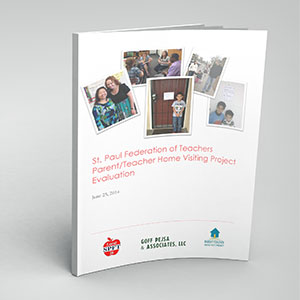What Are Your Hopes and Dreams?
A Simple Question with Profound Implications
This question is at the heart of every Parent Teacher Home Visits. Teachers ask it of families. Families ask it of educators. From it springs the beginning of a new relationship and improved student outcomes. In 2016, PTHV launched a three-study national evaluation to better understand the impact this one simple, but powerful question has on participants. Read on to find out what we learned.


PTHV Works!
Three National Studies Evaluating the PTHV Model
- Most families reported that, as a result of home visits, they realized interactions with educators did not have to be negative or uncomfortable, and they began to develop stronger and more equitable relationships with school staff.
- Families reported increased confidence to reach out to educators and communicate about their students’ needs.
- Many educators recognized that previous deficit assumptions about families and students were unfounded. Instead of assuming that many parents did not care about their child’s education, they recognized that many families cared, but demonstrated their care differently than expected.
- Educators reported similar shifts in perceptions about students’ behaviors, moving from thinking students lack motivation or interest in school to recognizing students’ capabilities.
Executive Summary
- Most educators, administrators, and family members agreed that the five core practices ensured that home visits resulted in positive relationships between educators and families.
- Successful implementation of PTHV at school requires coordination of multiple staff, including the principal, school PTHV coordinator, parent engagement liaisons, and the district PTHV coordinator.
- Critical factors for nurturing a school culture of family engagement in general, and of home visits in particular, are (a) strong support from the principal, (b) not introducing or enforcing home visits in a top-down manner, (c) having an effective school PTHV coordinator, (d) holding ongoing meetings at the school or opportunities to reflect on the home visit program to establish visibility, and (e) supporting family members so that they embrace the practice.
- Students who attended schools that conducted home visits with at least 10% of their students were less likely to be chronically absent than those in schools that did not implement home visits. Taking school-level implementation into account, students who participated in a home visit were significantly less likely to be chronically absent.
- Students who attended schools that conducted home visits with at least 10% of their students were 1.34 times more likely to score proficient or better on standardized ELA tests.
Additional Studies
St. Paul Teacher Home Visiting Project Evaluation - 2014
St. Paul Federation of Teachers
Parent/Teacher Home Visiting Project Evaluation
Landscape Evaluation of the PTHV Model - 2014
The Research and Their Stories: 2014 Landscape Evaluation of PTHVP Model Across the US
NEA Foundation Issue Brief - 2012
Creating a Bridge Between Parents and Teachers as Co-Educators in Springfield, MA and Seattle, WA
Learn More
See More Research & Resources
Support
PTHV is a nonprofit grassroots network that must raise its operating budget every year. Like the local home visit projects we help, our network is sustained by collaboration.







